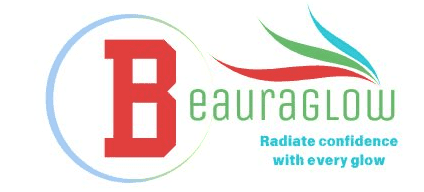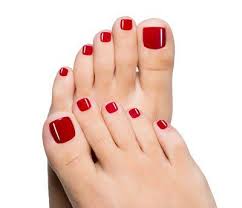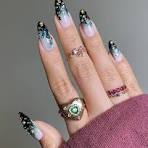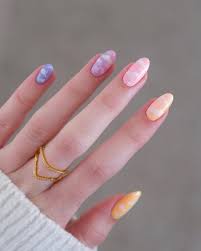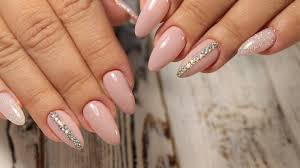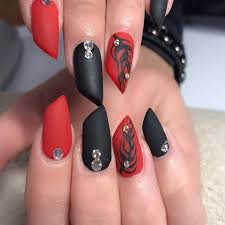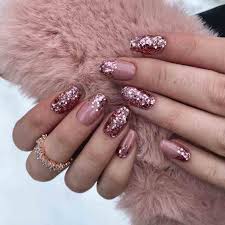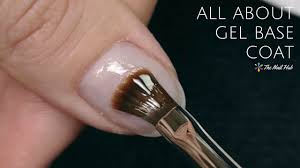What Your Toenails Might Be Trying to Tell You
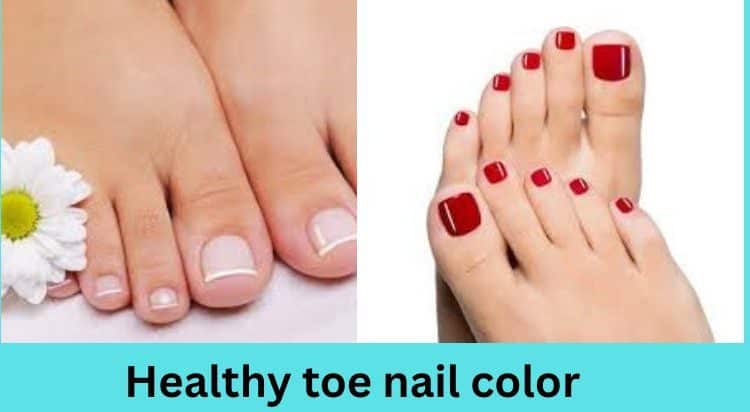
We often spend more time washing our hands or admiring a fresh manicure, barely noticing our toenails unless it’s sandal season. But it’s important to focus on your feet more often, as even a thin brown line or a big blue spot on the toenail can signal deeper health problems. As someone who’s seen countless foot checkups firsthand, I’ve learned that subtle color changes in toenails shouldn’t be brushed off—they’re your bodies’ way of sending an alert. Many also ask me: is gel or acrylic better for weak nails? Honestly, it depends on your overall nail condition, but keeping them healthy from the inside is always step one.
The nails, like hair, can show when you’re low on vitamins, minerals, or nutrients. I remember one case where a client had dull, brittle nails, only to find out through lab work that a multivitamin deficiency was behind it. As Norris rightly advises, don’t rely on one-a-day tablets—they’re often compressed and difficult to digest. Instead, opt for soft-gel capsules made with gelatin; they’re easier to break down and let your body truly absorb the good stuff. A mix of whole foods, fruits, vegetables, and grains can provide what your toenails need. Some even find biotin or horsetail supplements helpful, but be sure to pause them a couple of weeks before any lab tests, as they might interfere with results. I’ve walked the same route, and trust me, what you eat and how you supplement makes a visible difference.
🌿 Healthy Toe Nail Color: What It Says About Your Health
Our toenails may be tiny, but they often give big clues about our inner health. If your nails are losing their natural shine, showing color changes, or starting to feel rough, it might be more than just cosmetic. Let’s dive into what could be going on beneath the surface.
🔍 What’s Causing Your Nails to Change Texture?
1. Soft, Weak, or Brittle? Your Nails Are Trying to Tell You Something
If your nails bend, snap, or easily break, you’re not alone. Soft, weak nails are often caused by overexposure to moisture, frequent wetting and drying, or harsh chemicals in detergent, cleaning fluids, or even nail treatments like acrylics and polish. The result? Classic brittle nails—known medically as onychoschizia—that struggle to grow smooth and healthy.
A deficiency in key nutrients like B vitamins, calcium, iron, or fatty acids may also be associated with this texture change. If your diet is lacking or you’re deficient, your doctor may suggest a multivitamin that includes essentials, but be careful—don’t just jump into iron supplements unless it’s advised. The best path? Go natural. Avoid constant exposure to remover, give your nails time to recover, and consider lotions with lanolin or alpha hydroxy acids to rebuild their strength.
2. When Peeling and Trauma Team Up
Using your nail as a tool? Pressing firmly on things or removing tough acrylic polish? That’s a shortcut to peeling—especially if your nails often soak in sudsy water. These habits cause external trauma, making the surface flake.
There’s a quick trick to tell if it’s an internal or external issue: If your toenails are peeling too, it might be from inside—like an iron deficiency. If not, it’s probably external wear and tear. Either way, moisturize after every dry activity, and don’t ignore lingering symptoms. Talk to your doctor if they continue.
3. Lines, Waves & Ridges—What Do They Mean?
If you’ve noticed ridges that look like little waves running across your fingernails, it could be age—or a sign of something deeper. Vertical ridges often appear later in life, stretching from tip to cuticle, and usually aren’t a concern.
But horizontal lines (called Beau’s lines) may signal a more serious underlying condition like kidney disease. In such cases, a doctor can help find the cause. While you’re at it, you can buff the surface of your nails gently to make them feel smooth, but don’t ignore the signs.
4. Everyday Habits That Might Be Hurting Your Nails
Even your routine could be a silent culprit. Repeated washing, dishes, gloves left off during water-heavy tasks, and not moisturizing can weaken nails over time. Some lotions and treatments go a long way—but nothing beats prevention.
💡 Quick Takeaway
From pressing too firmly to skipping that nutrient-packed multivitamin, every small choice affects your nail health. Whether it’s a split, a crack, or lines you just noticed—your nails are speaking. You just have to listen.
🎯 Why Are Your Nails Changing Color?

Ever caught a glimpse of your nails and noticed an odd color—maybe yellow, brown, or even dark red? These shifts might seem small, but they can signal something bigger. Yellow nails are quite common, often caused by a reaction to a product like nail polish or a minor infection. In rare situations though, they could be a sign of deeper issues such as thyroid conditions, psoriasis, or even diabetes. I had a phase where my nails turned a soft yellow after trying a trendy polish that, turns out, didn’t say how long to cure base coat gel—and that messed up more than just the finish. Thankfully, natural treatments like tea tree oil, vitamin E, and a decent multivitamin helped me tackle it. If your new nails don’t grow back clear after a few weeks, see a doctor for actual improvement—not just a guess.
💥 When Lines, Spots & Moons Go Missing
Now, if you spot black lines that look like tiny splinters (a.k.a. splinter hemorrhages), it could be from an old trauma like slamming your finger in a door—been there, ouch. While they usually disappear over time as the nail grows, if they appear multiple times, or turn brown/dark red, it might be a warning sign for things like nail melanoma or endocarditis. And if symptoms like night sweats, bleeding, or inflamed skin show up too? Call your doctor.
Also, those random white spots—especially in middle-school age—can signify a zinc deficiency, an allergic reaction, or even a fungal infection. If they don’t go away, give your nails a break from products, allow them to grow, and check if the spots reappear or remain. Finally, missing half moons at the base of your nail can sometimes be hidden under skin, but if they’ve truly disappeared, it could be due to anemia, malnutrition, or depression. If they start turning red or become less visible over time, a quick visit to your healthcare professional is the smart move if you’re concerned.]
🦶 Nail Health Chart
| Issue | Common Cause | Treatment Options |
|---|---|---|
| Brittle nails | Frequent wetting and drying | Apply lotions containing alpha hydroxy acids or lanolin |
| Soft or weak nails | Overexposure to moisture or chemicals | Keep nails natural and unpolished; consider a multivitamin with B vitamins and calcium |
| Peeling | Injury or iron deficiency | Keep nails moisturized; eat iron-rich foods |
| Ridges | Aging or underlying condition | Gently buff nails; talk with a healthcare professional |
| Yellow nails | Infection or reaction to product | Let nails grow out; apply tea tree oil or vitamin E |
| Black lines | Injury | Give nail time to grow out |
| White spots | Injury, infection, allergic reaction, or mineral deficiency | Let nails grow; avoid polish; talk to a healthcare professional |
| No half moons | Nothing — not everyone has them | See a healthcare professional if combined with weight changes, dizziness, mood shifts |
🧠 What Your Toenails Are Telling You
Most people focus on fingernails and forget that toenails can also reveal important health clues. A faded half moon, a faint brown line, or an unusual yellowish tint might not just be from nail polish or sandals—they could be signs of nutrient deficiencies, past injuries, or even an underlying health condition. I once had a client with a small black line who thought it was just a scuff, but a quick check-up uncovered something deeper. When people ask me, “Is gel or acrylic better for weak nails?”, I always say—it depends on the condition of your nails. No matter what you choose, understanding how long to cure base coat gel properly is just as important as the polish itself.
And here’s the thing—brittle nails, white spots, peeling, or changing texture aren’t just surface-level problems. They can come from within, especially if your body lacks key nutrients like vitamin E, biotin, or minerals. I recommend multivitamins, but go for soft-gel capsules over hard tablets—they’re easier to digest and absorb. Mix in whole foods, greens, and keep your nails moisturized with products like tea tree oil or lotions with lanolin or alpha hydroxy acids. Whether it’s a small reaction, a mineral deficiency, or simple aging, your nails are speaking—you just need to start listening.
